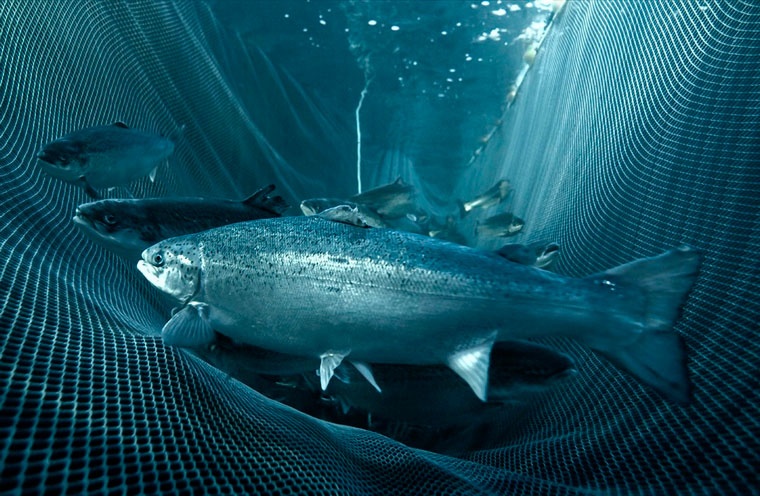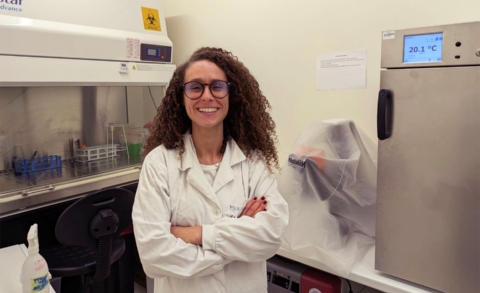
A research project led by the Institute of Aquaculture at the University of Stirling, in partnership with Observe Technologies, has revealed how Atlantic salmon (Salmo salar) respond to environmental factors such as temperature, light, wave motion and currents in real-world aquaculture conditions.
What makes these findings especially valuable is that the study was carried out under genuine commercial farming conditions. Using underwater cameras combined with advanced computer vision algorithms, researchers analysed the vertical and horizontal distribution patterns of fish in three salmon farms located across Scotland, designated as Farm A, B, and C. Central to the analysis was a behavioural metric termed “activity”, which captures fish density, swimming speed, and shoal cohesion-indicators often linked to welfare and stress levels.
During the winter months, salmon at Farms A and B, which experienced thermal stratification, showed a clear preference for the deeper, warmer layers of the water column. At Farm A, fish activity reached 39.6% in the lower water layers, compared with just 16.3% near the surface. Similarly, at Farm B, activity in deeper waters reached 27.5%, while upper areas recorded 18%.
By contrast, conditions at Farm C were thermally uniform, and the fish distributed themselves more evenly across the upper (18.2%) and lower (17.7%) parts of the cage. As daylight hours increased with the onset of spring, salmon in all three farms gradually moved closer to the surface, suggesting a behavioural shift influenced by both rising temperatures and circadian rhythms.
The research also explored the impact of Storm Isha, an extreme weather event that affected Farms B and C. At Farm B, which had deeper cages, salmon remained at lower depths, avoiding the surface turbulence caused by waves. Meanwhile, at the shallower Farm C, the fish moved laterally to the more sheltered side of the cage, closer to the farm’s centre-a likely response to exposure to strong winds.
“Understanding how salmon interact with their environment enables farmers to make better-informed decisions and enhance fish welfare,” the authors state. The use of camera systems with embedded algorithms represents a major step forward in non-invasive, real-time behavioural monitoring-a cornerstone of precision aquaculture.
Funded by Innovate UK and developed using technology from Observe Technologies and AKVA Group, the study underscores salmon’s remarkable sensitivity to minute thermal variations-as subtle as 0.03ºC-and their ability to adjust their positioning accordingly.


